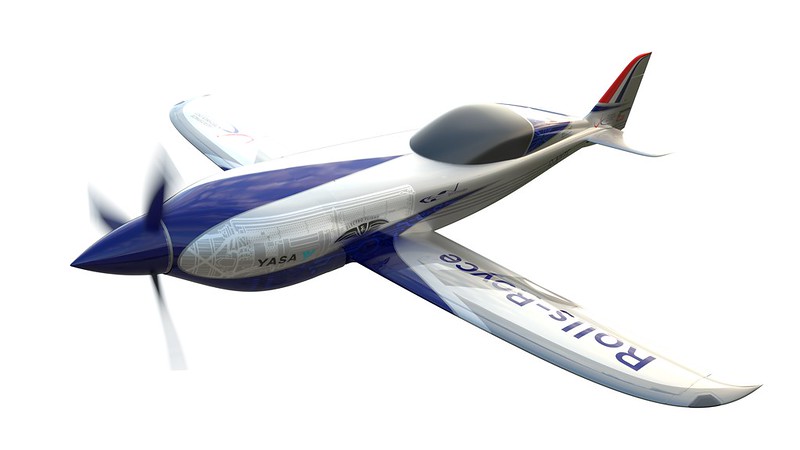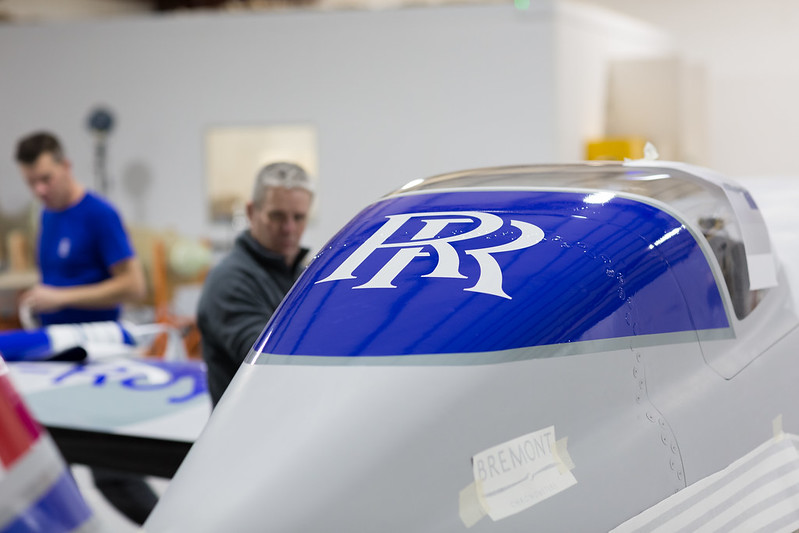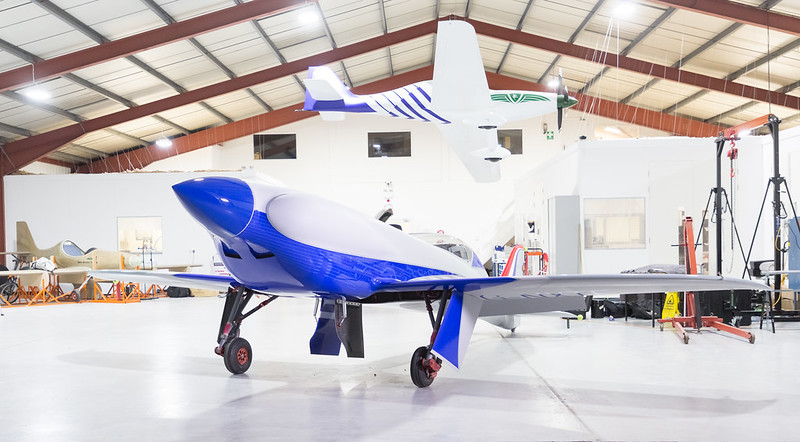Rolls-Royce has made it their mission to build the world’s fastest electric plane with a target speed obtaining the ability to go above 300 mph. As the unveiling of the plane at Gloucestershire Airport marks an imperative step towards a new age of luxury travel, work now begins on integrating the ground-breaking electrical propulsion system to enable the zero-emissions plane to make history.
Rolling out a new initiative, Rolls-Royce is introducing ACCEL short for “Accelerating the Electrification of Flight” and is a key part of the brand’s strategy to master electrification.
Rob Watson, Director of Rolls-Royce Electrical said building the world’s fastest all-electric aircraft is a change in aviation.
“Building the world’s fastest all-electric aircraft is nothing less than a revolutionary step change in aviation and we are delighted to unveil the ACCEL project plane,” Watson said “This is not only an important step towards the world-record attempt but will also help to develop Rolls-Royce’s capabilities and ensure that we are at the forefront of developing technology that can play a fundamental role in enabling the transition to a low carbon global economy.”

According to a December 2019 press release, ACCEL will have the most power-dense battery pack ever assembled for an aircraft, providing enough energy to fuel 250 homes or fly 200 miles, which is the same distance from London to Paris. The electric plane is able to go above and beyond all on a single charge.
The electric plane propeller is driven by three high power density axial electric motors. When comparing this plane to a conventional aircraft, the propeller blades spin at a far lower RPM to deliver a more stable and quieter ride (not dissimilar to Rolls-Royce’s luxury autos).
CEO of YASA, Chris Harris, says the advantages we see on the road are amplified in the air where reducing size and weight for a given power and torque is even more important.
“YASA’s electric motor technology is ideal for powering electric flight,” Harris explained. “The advantages we see on the road are amplified in the air where reducing size and weight for a given power and torque is even more important. We share the same passion for engineering as the team at Rolls-Royce and are partnered with them on ACCEL, a project that’s ushering a new age of sustainable, electric flight.”

Also unveiled was the ionBird test airframe which was named after the electrical technology propelling the aircraft. The ionBird will be used to test the propulsion system before it is built into the plane. Planned tests over the next couple of months include running the propulsion system up to full power, as well as key airworthiness checks.
Gary Elliott, CEO of the Aerospace Technology Institute says ATI believes the project will lead to exciting, new developments in electric propulsion.
“The ATI is proud to partner with Rolls-Royce on the ACCEL program because we believe it will lead to exciting, new developments in electric propulsion. One of the priorities of the ATI is looking at how aviation can be more sustainable,” Elliott said. “ACCEL will be a critical step in our understanding of how electric propulsion fits into that broader aspiration for the UK, aerospace sector.”

With the ACCEL project being one of the ways Rolls-Royce is developing lower carbon power, the project is part of the airline’s goal to replace and electrify its regional fleet of more than 30 planes by 2030.
The project draws in a host of partners including electric motor and controller manufacturer YASA and the aviation start-up Electroflight, Airbus on the E-Fan X technology demonstrator project and Widerǿe, the largest airline in Scandinavia. Half of the project’s funding is provided by Aerospace Technology Institute (ATI), in partnership with the Department for Business, Energy & Industrial Strategy and Innovate UK.
MORE Design STORIES
Get an inside vue on the latest in luxury. You heard it here first.




